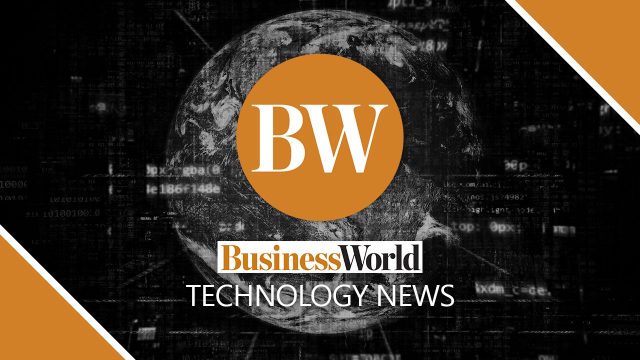NEW YORK — A prosecutor urged a Manhattan jury on Tuesday to convict Harvey Weinstein of rape and sexual assault in his retrial, saying the evidence showed the former movie mogul used his power and influence to trap and abuse women.
Lawyers for the prosecution and defense delivered closing statements, with jury deliberations to follow. Mr. Weinstein’s lawyer accused the three alleged victims of lying on the witness stand out of spite after consensual sexual encounters with the Miramax studio co-founder failed to deliver them Hollywood stardom.
Prosecutor Nicole Blumberg called Mr. Weinstein a serial predator who promised career advancement in Hollywood to women, only to then coax them into private settings where he attacked them. Mr. Weinstein, who has denied ever having non-consensual sex with anyone, has pleaded not guilty.
“The defendant used his power and influence to create many, many award-winning movies,” Ms. Blumberg said. “But he also used that same power, that same influence, to isolate women, trap women in places where he’d be alone with them and abuse them.”
Mr. Weinstein, 73, is on trial in Manhattan for a second time after a New York state appeals court threw out his conviction in April 2024. Experiencing a litany of health problems, Mr. Weinstein was present in court in a wheelchair, wearing a dark suit and tie.
He is accused of raping aspiring actress Jessica Mann in 2013 and assaulting the two other women in 2006 and 2002. The trial began in April.
Defense attorney Arthur Aidala walked the 12 jurors through what he said were inconsistencies in the women’s testimony and e-mail evidence he asserted undercut their claims that Mr. Weinstein had assaulted them.
“They are lying about what happened. Not about everything, but about a small slice — just enough to turn their regret, their buyers’ remorse, into criminality,” Mr. Aidala said of the accusers.
Mr. Aidala hoisted more than a dozen poster-sized printouts of e-mails between Mr. Weinstein and his accusers, saying they showed the sex was consensual.
Ms. Mann told jurors during the trial that Mr. Weinstein raped her in a hotel room.
He faces a maximum sentence of up to 29 years in prison if convicted on all charges. Mr. Weinstein already will likely spend the rest of his life in prison due to a 16-year prison sentence for rape in California.
He was convicted of rape by a jury in the previous trial in Manhattan in February 2020, but the New York Court of Appeals threw out the conviction and ordered a new trial, citing errors by the trial judge. Mr. Weinstein had been serving a 23-year sentence in a prison in upstate Rome, New York, when the conviction was overturned.
That conviction was a milestone for the #MeToo movement, which encouraged women to come forward with allegations of sexual misconduct by powerful men.
Mr. Weinstein has been held at New York City’s Rikers Island jail since his conviction was overturned. He has had several health scares while being held at Rikers, and in September was rushed to a hospital for emergency heart surgery.
The office of Manhattan District Attorney Alvin Bragg accused Mr. Weinstein in the first trial of sexually assaulting former production assistant Miriam Haley in 2006 and raping Ms. Mann in 2013, charges on which he was convicted. For the retrial, prosecutors added a new charge that Mr. Weinstein assaulted another woman, Kaja Sokola of Poland, in Manhattan in 2002.
More than 100 women, including famous actresses, have accused Mr. Weinstein of misconduct. He has denied assaulting anyone or having non-consensual sex.
Miramax studio produced many hit movies in its heyday, including Shakespeare in Love and Pulp Fiction.
Mr. Weinstein’s own eponymous film studio filed for bankruptcy in March 2018, five months after the original sexual misconduct accusations became widely publicized. — Reuters












